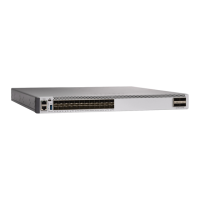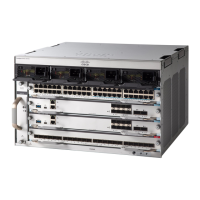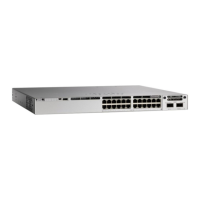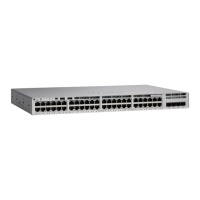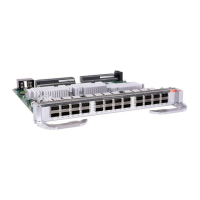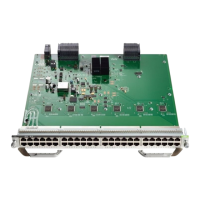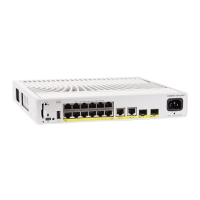PurposeCommand or Action
(Optional) Enables or disables BFD on a per-interface
basis for one or more interfaces associated with the
IS-IS routing process.
isis bfd [disable]
Example:
Device(config-if)# isis bfd
Step 8
You should use the disable keyword only if
you had earlier enabled BFD on all of the
interfaces that IS-IS is associated with, using
the bfd all-interfaces command in
configuration mode.
Note
Exits interface configuration mode and returns the
router to privileged EXEC mode.
end
Example:
Device(config-if)# end
Step 9
(Optional) Displays information that can be used to
verify if the BFD neighbor is active and displays the
routing protocols that BFD has registered.
show bfd neighbors [details]
Example:
Device# show bfd neighbors details
Step 10
(Optional) Displays information that can be used to
verify if BFD for IS-IS has been enabled for a specific
IS-IS interface that is associated.
show clns interface
Example:
Device# show clns interface
Step 11
Configuring BFD Support for IS-IS for One or More Interfaces
To configure BFD for only one or more IS-IS interfaces, perform the steps in this section.
Procedure
PurposeCommand or Action
Enables privileged EXEC mode.enable
Step 1
Example:
Device> enable
•
Enter your password if prompted.
Enters global configuration mode.configure terminal
Example:
Device# configure terminal
Step 2
Routing Configuration Guide, Cisco IOS XE Everest 16.6.x (Catalyst 9500 Switches)
12
Configuring Bidirectional Forwarding Detection
How to Configure Bidirectional Forwarding Detection

